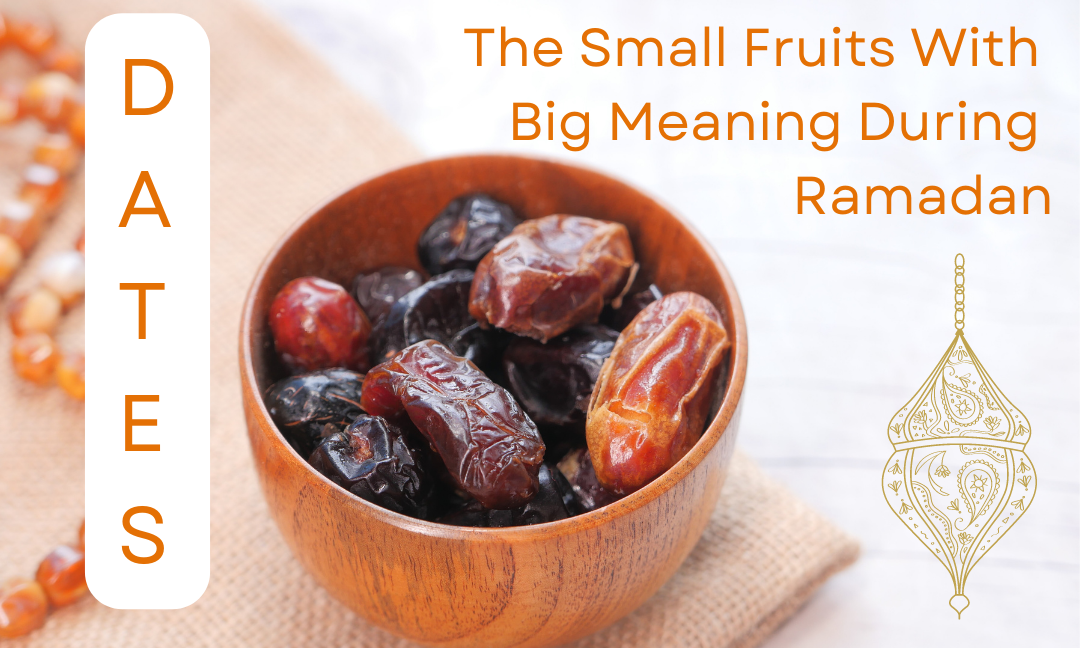Author: Nabiha Bari
Editor: Connor Fraser
Graphic Designer:
Publisher: Rayna Almas
Assalamu’alaikum warahmatuallahi wabarakatuh everyone! 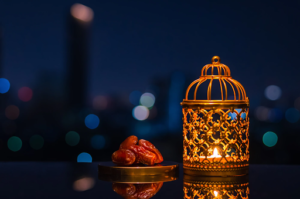
Just by looking at the greeting, many of you might already have a guess on what this will be about. As many may know, Ramadan is fast and approaching, and Muslims worldwide are preparing for the holiest month of the year. This is a month of spiritual mindedness, physical endurance, and mental capabilities, as well as a month of inner reflection.
If some of you do not yet know, Ramadan is one of the holy months of the Lunar calendar in which followers of Islam (Muslims) abide to. One of these months is called Ramadan, and it is within this month. Muslims believe the Holy Book Qur’an first came down to the Prophet Muhammud. This is a month where Muslims around the world celebrate in the joy of receiving this scripture, and where Muslims devote themselves in reflecting in their faith and following the commands stated in the Qur’an. One of the ways that was prescribed to us in the Qur’an was to fast. Fasting in Islam is when one eats food before the first rays of sunlight past, and do not eat or drink anything else (yes, even water) until the sun has set. It usually occurs during the hotter times of the year, making the practice of fasting even more important as the struggle provides us with satisfaction.
There are many rituals performed in this month, including fasting, prayering 5 salats, making small prayers, giving donations, and even the food we eat to enter and break fast. One of the most popular foods to break fast with, and even just significant in Islam, is the date.
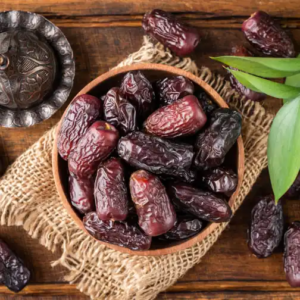
Dates are a classification of a stone fruit, a single seed surrounded by fleshy fruit, much like peaches and mangos. They are mostly grown in the Middle East, and are a culturally and religiously important delicacy. Due to its wrinkled and squishy appearance, dates were given a bit of a bad reputation. In reality, dates are extremely sweet, with a caramel-like taste, or in some varieties, a chocolate, toffee, and butterscotch undertone. They are amazing on their own, and spectacular in desserts and other dishes. They are a bit of an acquired taste, but once you like them, it is impossible to stop.
Dates were first found in the Mesopotamia age (3100 BC), and instantly became popular within the Middle Eastern region. Currently, Egypt is the largest producer of the fruit, and is closely followed by basically every other Middle Eastern country. The dates grow on trees classified as part of the palm family. The conditions to grow this crop are humid climates, and the Middle East is especially sufficient in such a climate. The fruit has a long shelf life, making it anyone’s cabinet needs. Moreover, there are an estimated 400 different types of dates, all falling to three main cultivars: soft dates, semi dry dates, and dry dates.
Due to the versatility of the fruit and limitless types, I full-heartedly believe that there is a favorite date for everyone, whether it be on its own or in a specific recipe. Some of the more popular types include;
- Medjool: the most commonly grown and widely available. They are described as large and syrupy, due to their maple flavoring and their luscious texture.
- Delgor Noors: also a common semi dry find in grocery stores, and usually pre-pitted. Subtly sweet and nutty in flavor, they are a great time-to-time snack and a recipe enhancer for cooking.
- Barhu: the most softest and fragile of the kinds. They are usually a medium size, with a firm flesh and golden brown color. They have a luscious candy taste, and are usually reserved for snacking.
- Halawi: They are small soft dates with a butter look. They are also called Halawy, which means “sweet”. As the name goes, these dates have a deep caramel flavor and melt in your mouth.
- Ajwa: grown exclusively in Medina, and has an almost black color. They are soft, with a prune-like taste, and are often called the “Holy date”.
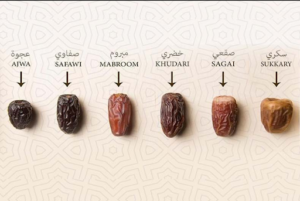
The date itself holds a special importance during Ramadan, more namely, when Muslims start by breaking fast with a date. This has both a physical benefit and a spiritual one.
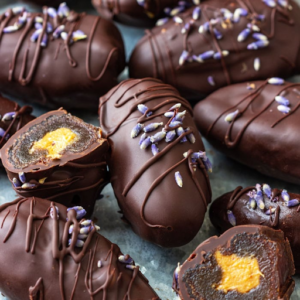 The date itself is easy to digest, and a significant amount of it is sugars, proteins, fats, and minerals. After a long day of limited sugar and mineral consumption, the date is a great way to restore energy and nutrients, and help the body’s blood glucose levels to return to normal. And the diversity of the types of dishes you can make with this small fruit is endless! Moreover, it satisfies a sensation of hunger. And if you were to ask any fasting Muslim, overeating is one of the biggest mistakes you can do when breaking fast.
The date itself is easy to digest, and a significant amount of it is sugars, proteins, fats, and minerals. After a long day of limited sugar and mineral consumption, the date is a great way to restore energy and nutrients, and help the body’s blood glucose levels to return to normal. And the diversity of the types of dishes you can make with this small fruit is endless! Moreover, it satisfies a sensation of hunger. And if you were to ask any fasting Muslim, overeating is one of the biggest mistakes you can do when breaking fast.
Religiously speaking, the tradition can also be found in Prophet Muhammad’s teachings, where he is quoted saying, “When one of you is fasting, he should break his fast with dates”. Moreover, he was recorded saying how seven dates in the morning can protect one from poison and witchcraft. I think it is arguable Muslims can now say “a date a day will keep the doctor away”.
In all, dates are a central part of Islamic practices, found in religious teachings and used for medical purposes. Hopefully, some of you are motivated to try a date or two, and see the awesomeness behind this small fruit.
Inshallah, I wish everyone a happy Ramadan!
References
https://www.thespruceeats.com/islamic-tradition-breaking-fast-with-dates-2394244
https://www.liveeatlearn.com/dates/
https://www.britannica.com/plant/date-palm
Pictures
https://www.bbcgoodfood.com/recipes/pecan-stuffed-dates
https://ummid.com/news/2021/april/15.04.2021/types-of-dates-for-ramadan.html
https://www.happyfoodstube.com/chocolate-covered-dates/

